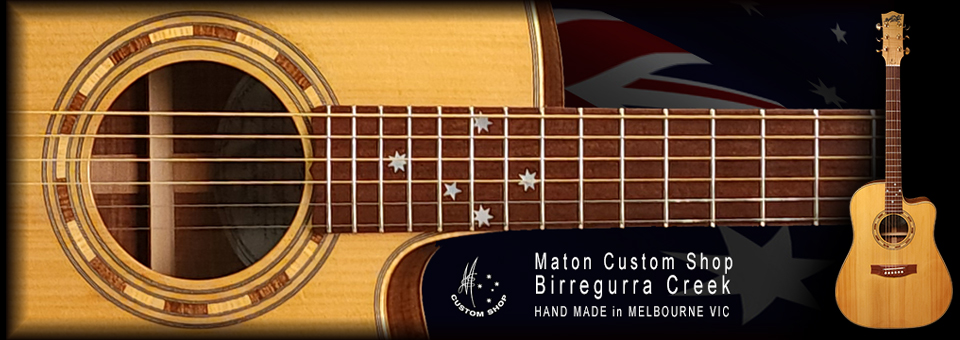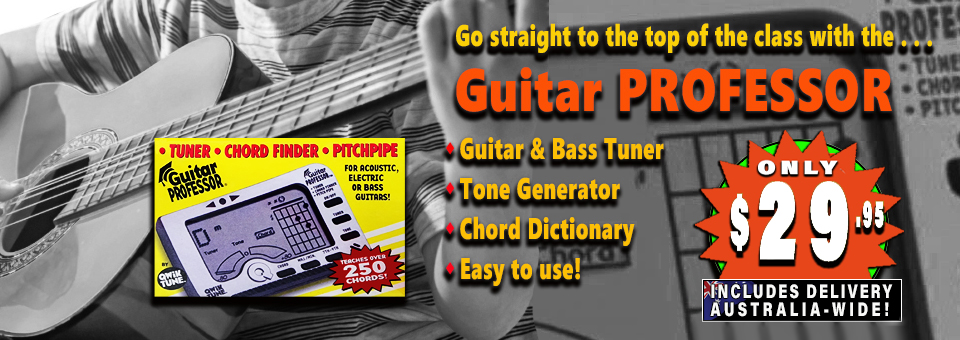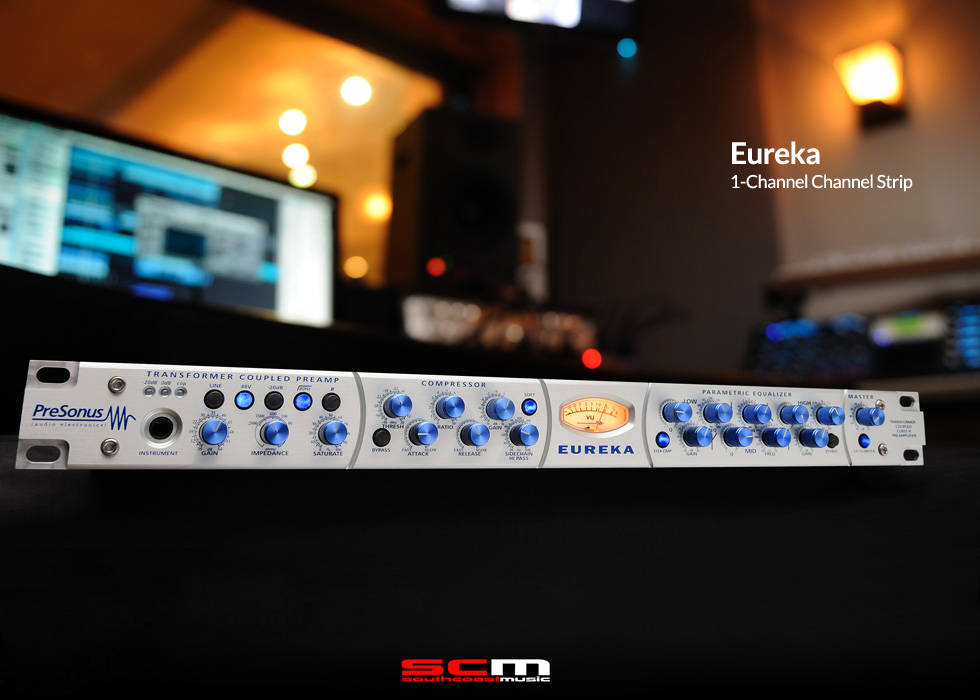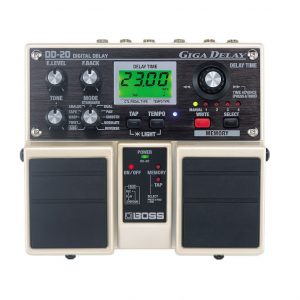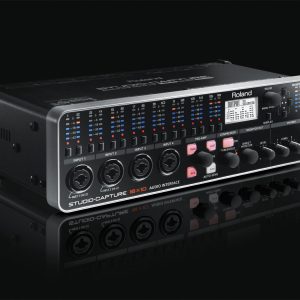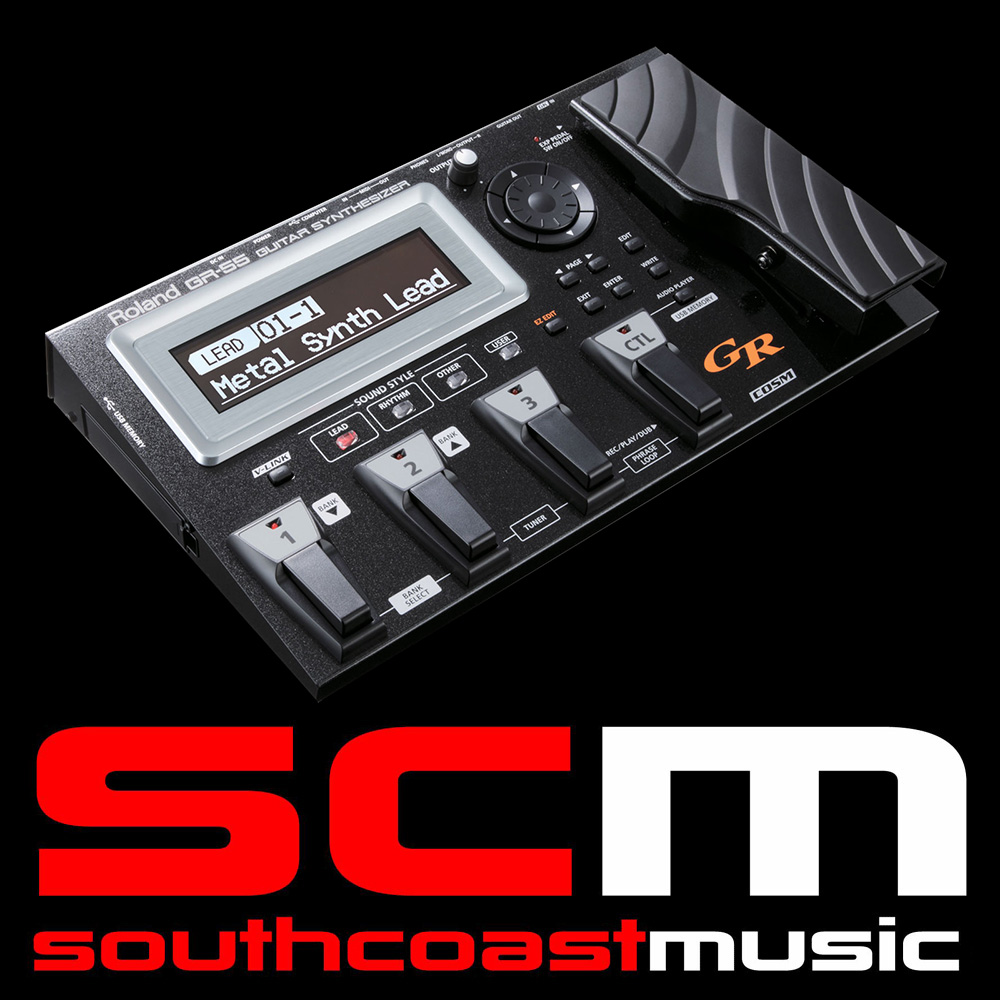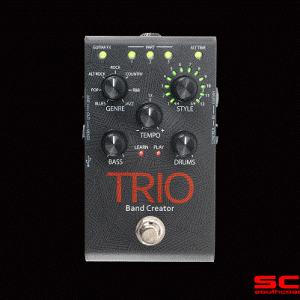E U R E K A …THE GREAT DISCOVERY!
The name “Eureka” derives from a Greek word meaning “I have found it!” It was made famous by the ancient Greek scholar Archimedes, indicating exultation at a great discovery.
Well, it would appear that History has repeated itself…the sweet-sounding, super-versatile Eureka preamp and signal processor channel strip will help you to discover the answer to a variety of sonic needs.
click on the image below to enlarge
One of Presonus’ best-selling products, the Eureka is equally at home in the studio or in the rack at the gig. With separate mic, line, and instrument inputs, you can employ it on almost any sound source.
Sadly, Presonus have discontinued the Eureka and its replacement weighs in at virtually double the price. We’re not suggesting that the new model isn’t worth every penny of its asking price, what we are saying is that we have limited quantities of Brand NEW Presonus Eurekas in stock and ready to go at only $429 with delivery included to anywhere in Australia!
– Class A High Headroom Transformer Coupled Microphone Preamplifier
– Variable Microphone Input Impedance
– Variable SATURATE control (simulates tape saturation and tube warmth)
– Fully Variable Compressor with Hi-pass Side Chain
– Three Band Fully Parametric Equalizer
– EQ Pre or Post Compressor
– High Headroom Output Section
– Very Low Noise Design
– Internal Power Supply
– Transparent, wide range performance
click on the image below to enlarge
CLASS A SOLID-STATE MIC PREAMPLIFIER
Sweetening starts with a high-headroom Class A solid-state mic preamplifier with +22 dBu of headroom, providing wide dynamic range and excellent transient-response characteristics.
Let us tell you a little about Class A designs in Audio Engineering…
Power amplifiers are classified primarily by the design of the output stage and are designated Class A, B, AB, D, G, or H. In a Class A preamp, the output circuits are always on for the entire cycle of signal swing or the bias current flows at all times.
As a result, Class A preamps have the most linear design, with no crossover distortion, and they deliver purer, clearer, and more musical results than the Class AB designs that are found in many preamps.
Eureka contains a Class A discrete input buffer followed by a dual-servo gain stage. This yields ultra-low noise and wide gain control, allowing you to boost desirable signal without increasing unwanted background noise.
click on the image below to enlarge
VARIABLE MICROPHONE INPUT IMPEDENCE
The preamp’s variable mic-input impedance enables you to vary the “color” of your sound and get the best performance from any type of microphone.
Let us tell you a little about variable microphone input impedence…
Most mic preamps have a fixed microphone-input impedance of between 1 and 2 kΩ. The Eureka provides variable microphone-input impedance, which can be set at 50Ω, 150Ω, 600Ω, 1.5 kΩ, or 2.5 kΩ.
As the impedance is lowered, a resistive load is put on the microphone. This will not damage the microphone but lowering or raising the impedance can create subtle coloring and filtering effects, enabling you to get a wider variety of sounds.
In general, a lower input impedance can add color to the mic to produce effects that simulate a “darker,” or more “closed-in” tone, or that change the mic’s apparent sensitivity. This effect is easier to notice on passive microphones (ribbon or moving coil) than on active microphones (condensers or active ribbons/dynamics).
In addition, some microphones are finicky about impedance; with variable impedance, you can make virtually any microphone deliver its best performance.
SATURATE CONTROL
A Saturate control simulates the effects of tape saturation and tube warmth so you can go from crystal-clear to warm and rich.
Some useful information about the Saturate Control…
The Eureka employs a high-quality transformer and features a Saturation control that adjusts the drain current on the input FET amplifier, altering the levels of even harmonics in the signal being passed. The Saturation control offers an adjustment range of 0% to 100%. The 0% position passes a pure signal. As the control is rotated to the 100% position, the signal’s even harmonics are boosted, giving the signal “warmth” very much like a vacuum tube or similar to the sound of analog-tape saturation.
GO WITH THE FLOW
The Eureka’s versatility stems in part from its malleable signal flow. With both XLR and 6.3mm (¼”) line outputs, you can connect the Eureka to almost any recording interface, amp, or P.A. system. The EQ can be PRE or POST-compressor, and you can bypass each independently. Balanced send and return jacks enable you to insert your favourite outboard processor before the compressor and EQ.
The backlit VU meter can display gain reduction or output gain.
Compression, EQ, and More
The channel strip’s fast, fully variable compressor provides Attack, Release, and Ratio controls and can be switched between hard and soft knee.
Some useful information about Hard and Soft Knee Compression…
The term “knee” refers to the way the compression curve bends at the threshold point when represented graphically.
With hard-knee compression, the gain reduction applied to the signal occurs as soon as the signal exceeds the level set by the threshold.
With soft-knee compression, the onset of gain reduction occurs gradually after the signal has exceeded the threshold, producing what many consider to be a more musical response.
INTERNAL SIDECHAIN
The compressor includes an internal sidechain with variable (10 Hz to 10 kHz) high-pass filter, so it can achieve anything from hard pumping to transparent compression.
Some useful information about Sidechains…
Sidechaining is useful for numerous applications, including removing sibilance from vocal tracks (de-essing), spectral processing, compression keying, and automatically ducking (lowering the level of) music tracks behind a narrator in a service, broadcast, or performance.
Sidechaining is often used for frequency-dependent gating, in which you put an equaliser or filter before the gate to, say, cut only the lower frequencies of a kick drum. The Eureka’s compressor sidechain includes a dedicated, variable (10 Hz to 10 kHz) high-pass filter for this purpose.
The Eureka’s three-band, fully parametric EQ has overlapping frequency selection on each band. It can be used PRE or POST-compressor and can be bypassed.
PARAMETRIC EQUALISATION
The Eureka provides a fully parametric equaliser—that is, you can independently control each band’s centre frequency, gain, and Q. The frequency of the low band can be varied from 20 to 300 Hz, the mid band from 200 Hz to 3 kHz, and the high band from 2 kHz to 20 kHz.
Q is defined as the ratio of the centre frequency to the bandwidth; a lower Q results in a wider frequency band. The Q on the Eureka ranges from 0.4 (wide) to 2.0 (narrow). In octaves the Q on the Eureka ranges from 3 octaves to 2/3 octaves.
Of course the Eureka provides all of the secondary features you need in a preamp/channel strip. A 20 dB pad lets you tame hot input signals, and a high-pass filter attenuates all frequencies below 80 Hz by 12 dB. Polarity reverse enables you to deal with phase problems when using open mics.
FREE AUSTRALIA-WIDE DELIVERY!
